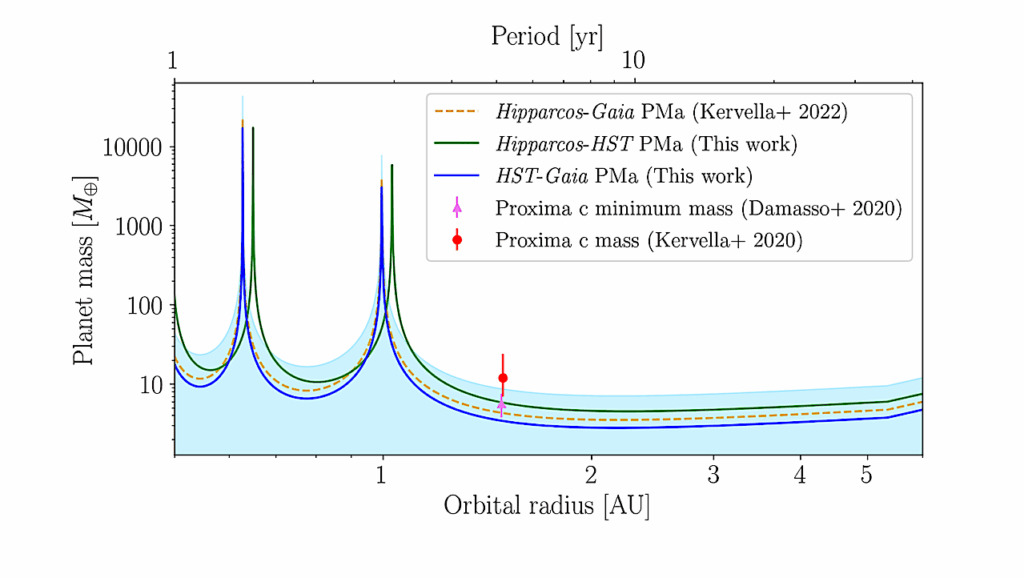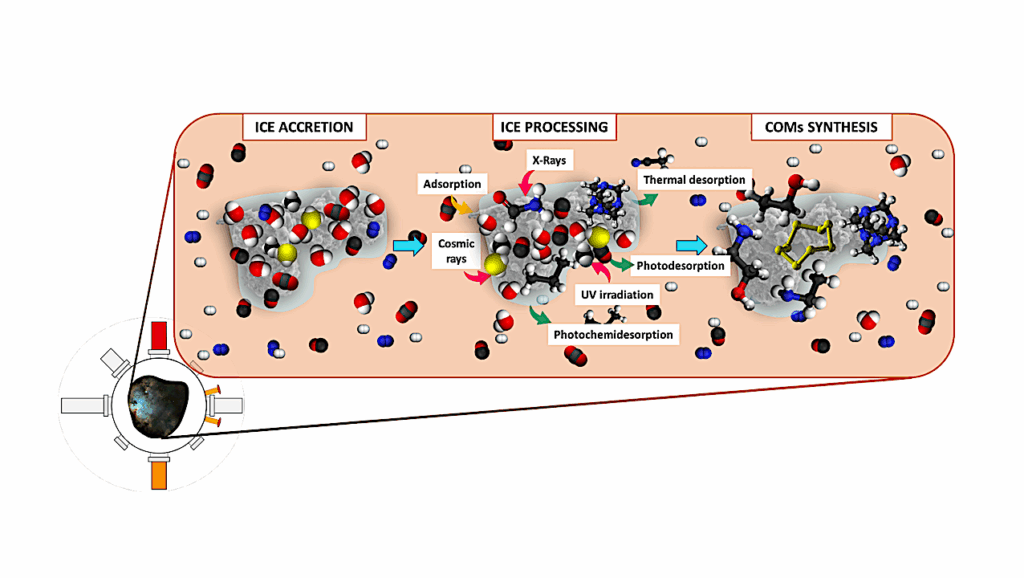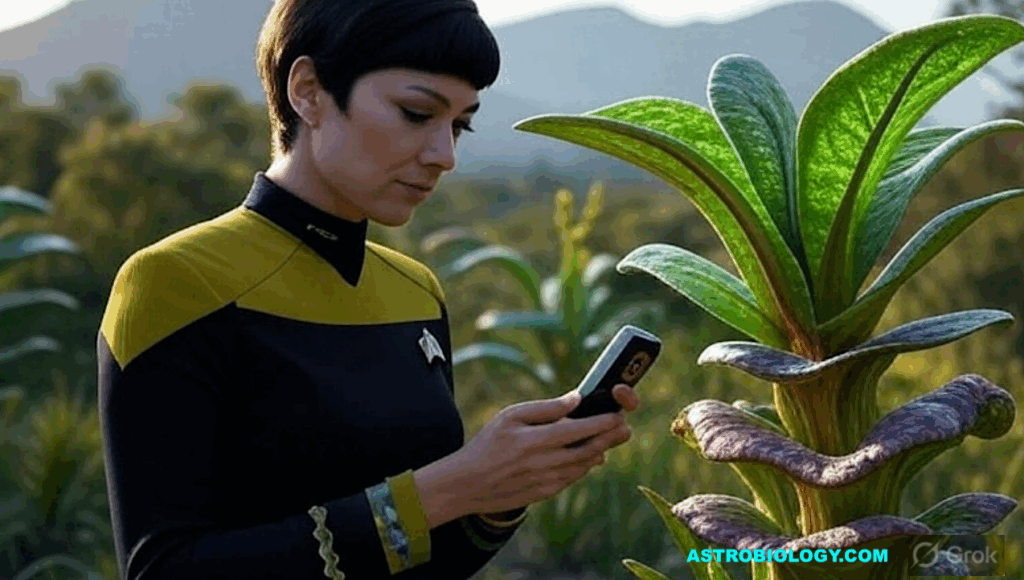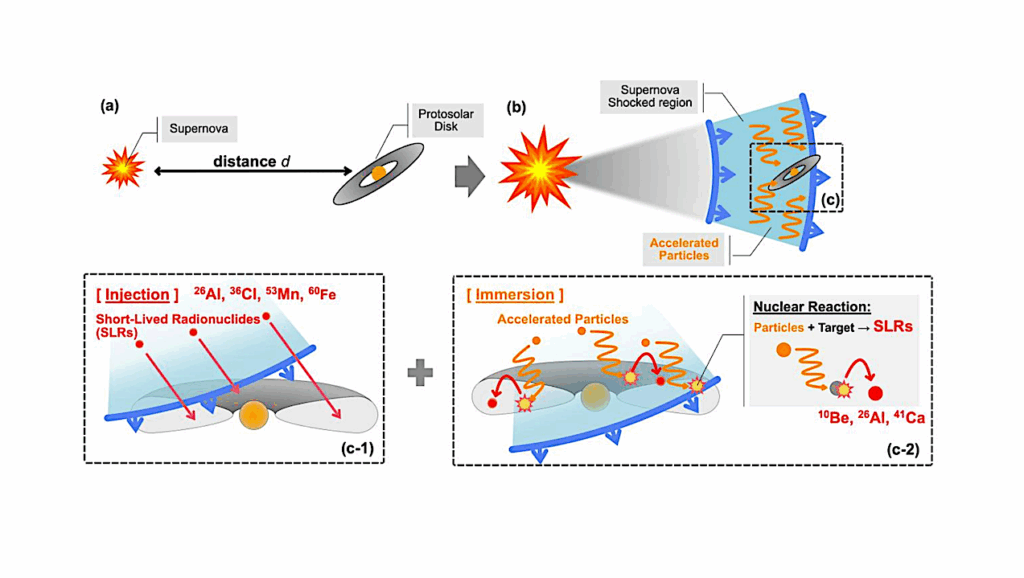JWST/NIRISS Reveals The Water-rich Steam World Atmosphere of GJ 9827 d

With sizable volatile envelopes but smaller radii than the solar system ice giants, sub-Neptunes have been revealed as one of the most common types of planet in the galaxy.
While the spectroscopic characterization of larger sub-Neptunes (2.5-4R⊕) has revealed hydrogen-dominated atmospheres, smaller sub-Neptunes (1.6–2.5R⊕) could either host thin, rapidly evaporating hydrogen-rich atmospheres or be stable metal-rich “water worlds” with high mean molecular weight atmospheres and a fundamentally different formation and evolutionary history.
Here, we present the 0.6–2.8μm JWST NIRISS/SOSS transmission spectrum of GJ 9827 d, the smallest (1.98 R⊕) warm (Teq,AB=0.3∼620K) sub-Neptune where atmospheric absorbers have been detected to date. Our two transit observations with NIRISS/SOSS, combined with the existing HST/WFC3 spectrum, enable us to break the clouds-metallicity degeneracy. We detect water in a highly metal-enriched “steam world” atmosphere (O/H of ∼4 by mass and H2O found to be the background gas with a volume mixing ratio of >31%).
We further show that these results are robust to stellar contamination through the transit light source effect. We do not detect escaping metastable He, which, combined with previous nondetections of escaping He and H, supports the steam atmosphere scenario. In water-rich atmospheres, hydrogen loss driven by water photolysis happens predominantly in the ionized form which eludes observational constraints.
We also detect several flares in the NIRISS/SOSS light-curves with far-UV energies of the order of 1030 erg, highlighting the active nature of the star. Further atmospheric characterization of GJ 9827 d probing carbon or sulfur species could reveal the origin of its high metal enrichment.
Caroline Piaulet-Ghorayeb, Bjorn Benneke, Michael Radica, Eshan Raul, Louis-Philippe Coulombe, Eva-Maria Ahrer, Daria Kubyshkina, Ward S. Howard, Joshua Krissansen-Totton, Ryan MacDonald, Pierre-Alexis Roy, Amy Louca, Duncan Christie, Marylou Fournier-Tondreau, Romain Allart, Yamila Miguel, Hilke E. Schlichting, Luis Welbanks, Charles Cadieux, Caroline Dorn, Thomas M. Evans-Soma, Jonathan J. Fortney, Raymond Pierrehumbert, David Lafreniere, Lorena Acuna, Thaddeus Komacek, Hamish Innes, Thomas G. Beatty, Ryan Cloutier, Rene Doyon, Anna Gagnebin, Cyril Gapp, Heather A. Knutson
Comments: 37 pages, 18 figures, Accepted for publication in ApJL
Subjects: Earth and Planetary Astrophysics (astro-ph.EP); Solar and Stellar Astrophysics (astro-ph.SR)
Cite as: arXiv:2410.03527 [astro-ph.EP] (or arXiv:2410.03527v1 [astro-ph.EP] for this version)
https://doi.org/10.48550/arXiv.2410.03527
Focus to learn more
Related DOI:
https://doi.org/10.3847/2041-8213/ad6f00
Focus to learn more
Submission history
From: Caroline Piaulet
[v1] Fri, 4 Oct 2024 15:48:22 UTC (4,656 KB)
https://arxiv.org/abs/2410.03527
Astrobiology








